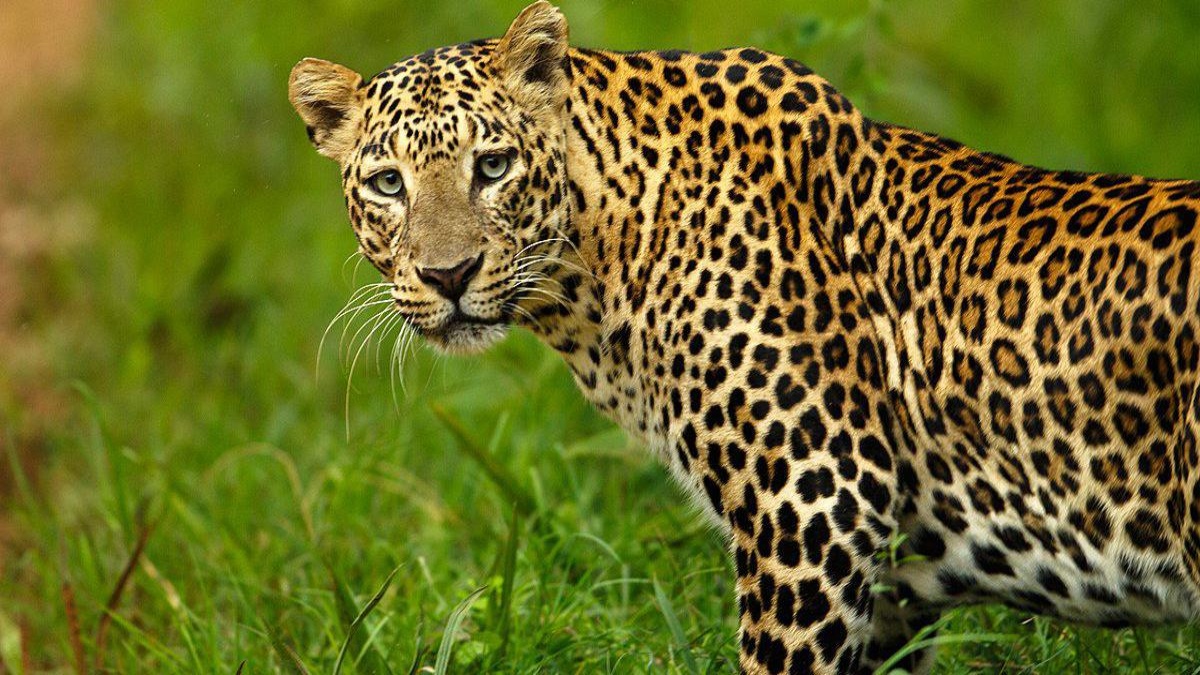Once known for having tigers in its reserve; now the Dudhwa Tiger Reserve in Uttar Pradesh now has a good number of leopards as well for Eco-tourists as it now comprises more than 30 tigers and over 50 leopards.
“Uttar Pradesh has tremendous potential to attract tourists in tiger reserves in the Terai belt as it is well-connected by road and the train network. Dudhwa Tiger reserve that has noticed with a significant rise in healthy population comprising of 30 plus tigers and 50 plus leopards that has grown over years, says Divisional Forest Officer of Katarniaghat Akash Badhawan.
The 2018 tiger census had projected around 173 tigers in UP which was a remarkable increase of about 48% against the national average of 33% from the previous census held in 2014 which counted around 117 tigers in UP. Ecotourism, however, is still in a fledgling stage in UP.
As per recent report of Ministry of Environment, Forest and Climate Change, Shivalik Hills and Gangetic plains have 1,253 (1,158-1348) leopards (Bihar 98, Uttarakhand 839, and Uttar Pradesh 316), central India and Eastern Ghats have 8,071 (7,654-8,488) (Andhra Pradesh 492, Telangana 334, Chhattisgarh 853, Jharkhand 46, Madhya Pradesh 3,421, Maharashtra 1,690, Odisha 760, and Rajasthan 476), the Western Ghats have 3,387 (Goa 86, Karnataka 1,783, Kerala 650 and Tamil Nadu 868).
“It’s due to the good number of principal prey species such as wild boar, spotted deer, swamp deer, blue bull and hog deer while Leopard’s main prey species are small sized ungulates, langurs and monkeys. Deer species of Dudhwa Tiger Reserve like sambhar, swamp deer, spotted deer, hog deer, barking deer along with wild boar and blue bull constitute various prey options for the big cats,” said Badhawan.
Adding further, Badhawan said that Feral cattle in Katerniaghat Wildlife Sanctuary constitute significant prey base for tigers and leopards.























